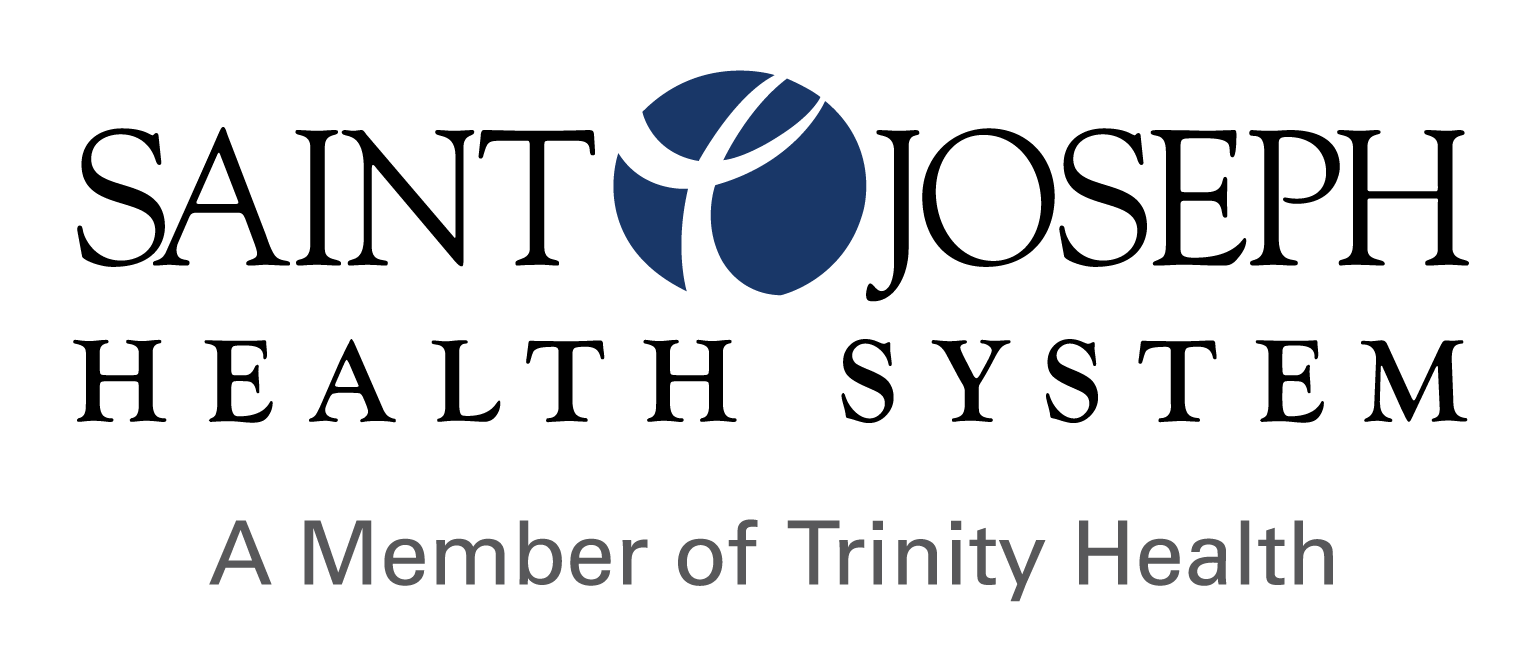The start of a new school year is a great time to begin new routines with children and focus on building healthy habits. One of the most important elements of adolescent and teen mental health relates to their use of social media.
The U.S. Surgeon General recently issued an advisory stating that widespread social media use among kids and teens poses a significant mental health risk that needs to be addressed immediately.
The advisory acknowledges that social media can have both positive and negative consequences, and it calls for more research to understand those consequences along with action by parents, lawmakers and technology companies to reduce the negative impacts.
For many parents, limiting their kids’ use of social media is daunting, with so many social media platforms so easily available to kids on their phones or tablets. But the Surgeon General’s report shows the stark need to build healthy habits on social media.
According to the report, social media is used by up to 95% of teens between ages 13 and 17, and more than a third say they use social media “almost constantly.”
First, the potential benefits:
- Social media can help kids form and maintain friendships and connections online with others who share identities, abilities and interests. Seven out of ten adolescent girls of color say they have viewed positive content related to race on social media.
- Adolescents say that social media helps them feel more accepted, feel like they have people who can support them through tough times, and feel more connected to what is going on in their friends’ lives. It can create a space for self-expression and creativity.
Now, the downsides:
- A study of U.S. kids aged 12–15 found that teens who spent more than three hours per day on social media faced double the risk of poor mental health, including depression and anxiety. As of 2021, 8th and 10th graders spend an average of 3.5 hours per day on social media, and a startling 1-in-4 teens spend 5 or more hours per day and 1-in-7 teens spend 7 or more hours per day on social media.
- Studies point to a higher concern for harm in adolescent girls and those already experiencing poor mental health, related to depression, body image and eating disorders, and poor sleep linked to social media use. When 13-17 year-olds were asked about the impact of social media on their body image, 46% said social media makes them feel worse, 40% said it makes them feel neither better nor worse, and only 14% said it makes them feel better.
- A majority (64%) of adolescents are “often” or “sometimes” exposed to hate-based content. Adolescent girls and transgender youth are disproportionately impacted by online harassment and abuse, which is associated with negative emotional impacts.
- Social media can be utilized by adults with predatory behaviors, such as seeking to sexually exploit children, to financially extort them through the threat or release of intimate pictures, or to sell drugs like illegal fentanyl. Nearly 6-in-10 adolescent girls say they have been contacted by a stranger on social media in ways that make them feel uncomfortable.
The Surgeon General’s report advises that these negative consequences are a call for lawmakers and technology companies to work together to reduce the risks to kids.
In the meantime, parents are urged to establish healthy habits and routines around social media. The American Academy of Pediatrics has developed a useful tool called the Family Media Plan to help guide families on media use in the home. This plan helps you come together as a family and determine what is important to each of you and what your priorities as a family should be. Your strategies may include some of the following:
- Set expectations about how your kids’ phone or tablet should be used. Create timeframes or time limits when social media and the internet can be used. And then use the parental controls available to set times when your child cannot access social media or the internet.
- Create tech-free zones like at dinner or before bedtime. Put all devices – including your own – in a drawer during meals. Have a “holding zone” for everyone’s phones overnight. If your kids use their phone as an alarm clock, buy them an old-fashioned alarm clock for their room instead.
- Talk about social media with other parents and work to create shared practices. Parents are truly all in this together, and talking about how others set boundaries may help you establish ideas for new routines and can help you explain to your children that setting limits is not unusual.
- Encourage your children to talk to you if they feel scared, pressured or have otherwise negative feelings because of social media.
- Model good behavior for your children. Be “present” when you are with them. Put your own phone or tablet down and listen to and interact with them. Although this seems simple, in our busy lives we are often double and triple tasking – with our phone’s help – and that behavior becomes the norm for everyone in the household.
Encourage your children and teenagers to take responsibility for their healthy habits, for the health and happiness of them and their friends.
For kids and teens:
- Think about how you would interact and respond to friends or others in real-life, if they were in the room with you. Be kind. Be thoughtful and encouraging. Think about how your posts and comments will impact others’ feelings.
- Reach out for help if you or a friend are being harmed by social media. Talk with your parents or a trusted adult about your feelings. If you or a friend are in crisis, you can find expert information on the National Center of Excellence on Social Media and Youth Mental Health or by calling or texting the suicide hotline 988.
The Surgeon General’s report concludes, “Our children and adolescents don’t have the luxury of waiting years until we know the full extent of social media’s impact. Their childhoods and development are happening now. At a moment when we are experiencing a national youth mental health crisis, now is the time to act swiftly and decisively to protect children and adolescents from risk of harm.”


